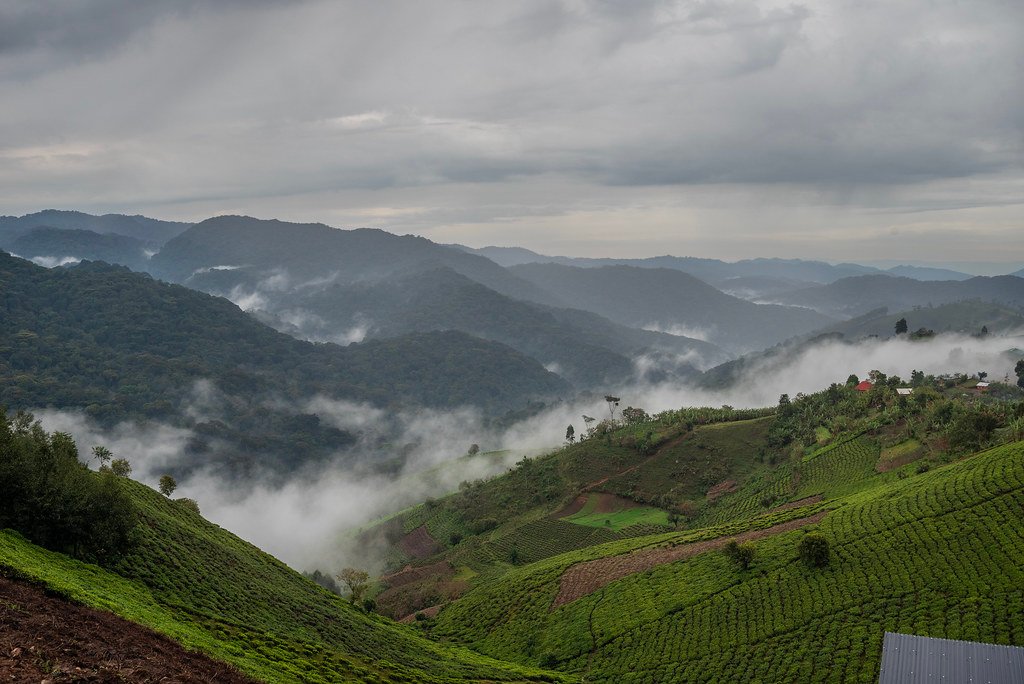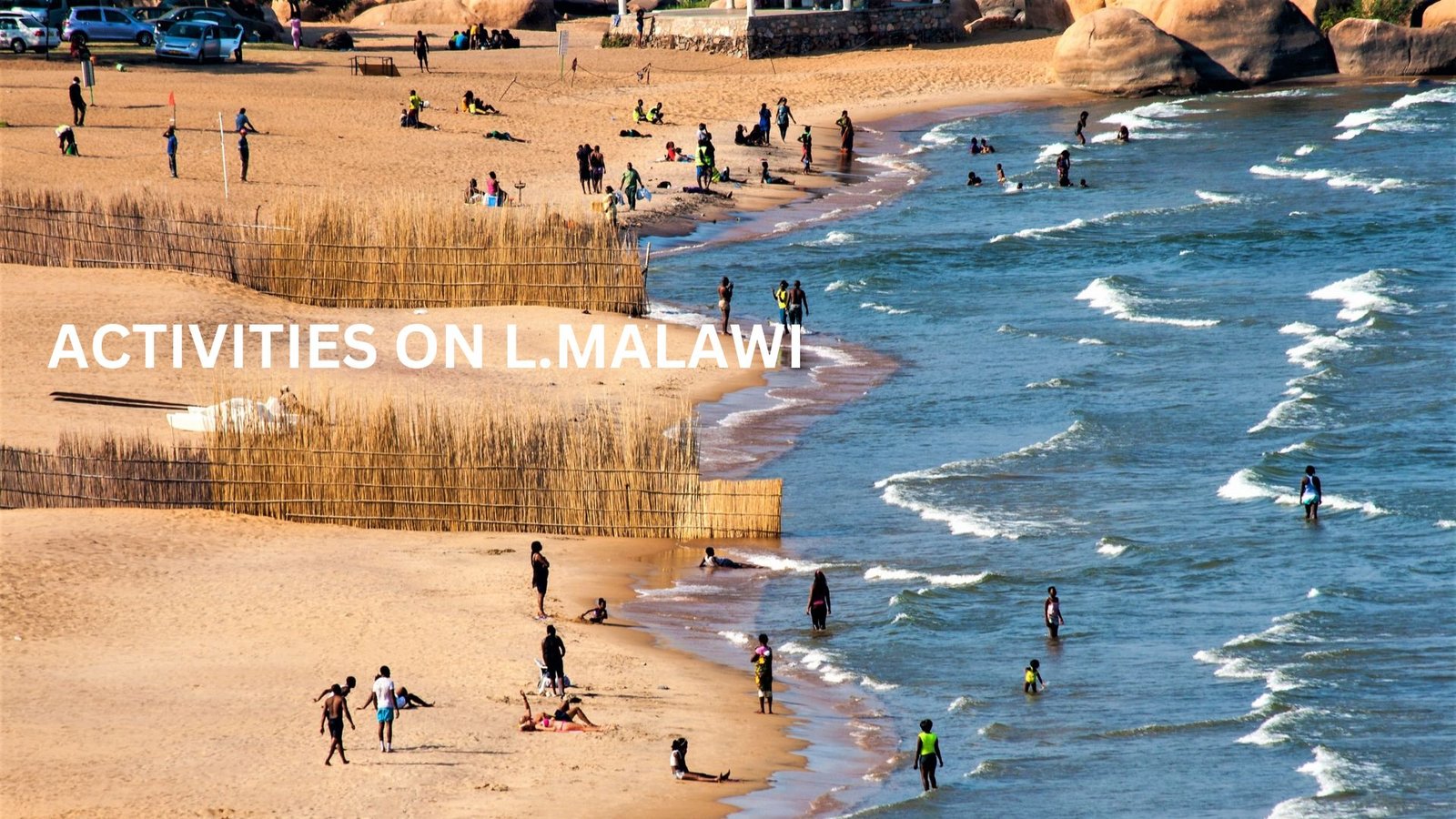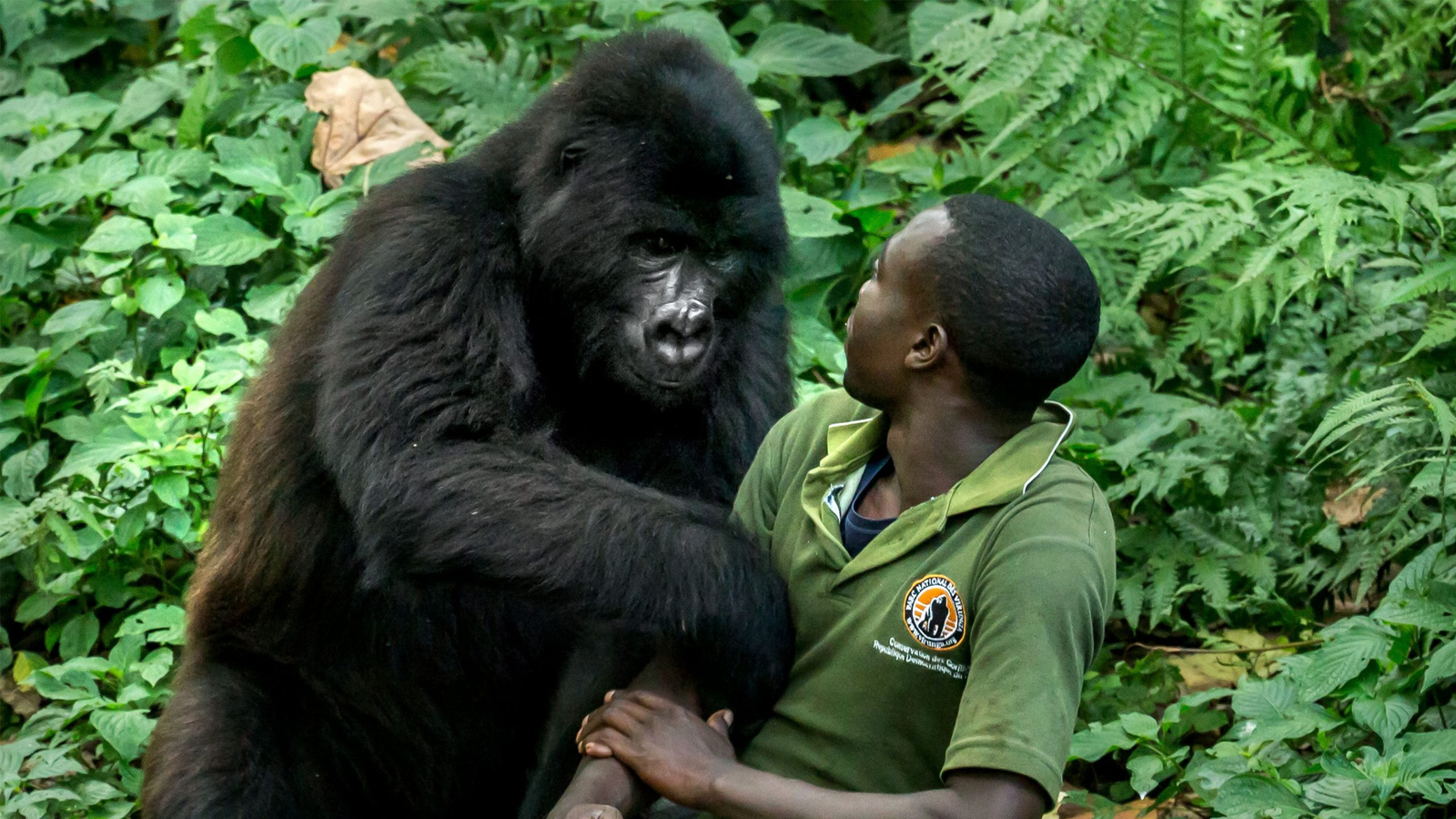Opening hours at Cyanika Border
Opening hours at Cyanika Border details the time when the border crossing point between Rwanda and Uganda is open.
It is located in the southwestern part of Rwanda, near the town of Musanze, and the corresponding border town on the Ugandan side is called Katuna.

This border crossing is an important entry point for travellers moving between Rwanda and Uganda.
Travelers passing through Cyanika border are subject to immigration and customs checks, and it’s essential to have the necessary travel documents, such as a valid passport and visas if required, when crossing the border.
As border regulations and procedures can change, it’s advisable to check the latest requirements and conditions before planning any travel through Cyanika border.
The Travel Distance Between Cyanika Border and Bwindi National Park
The travel distance between Cyanika border and Bwindi Impenetrable National Park in Uganda depends on which specific entrance point or sector of the park you are aiming for, as Bwindi National Park has multiple entrance points.
The park is known for its gorilla trekking opportunities and is divided into several sectors, each with its own gorilla families and trekking experiences.
Assuming you are heading to the Buhoma sector, which is one of the popular entrances for gorilla trekking in Bwindi, the distance from Cyanika border to Buhoma is approximately 55 to 65 kilometres (34 to 40 miles) by road.
The journey typically takes around 2 to 3 hours by car, depending on road conditions and traffic.
Please note that road conditions in the region can vary, and travel times may be affected by factors like weather and road maintenance.
It’s essential to check the current road conditions and consider the services of a local guide or transportation provider for a smoother journey to Bwindi National Park from Cyanika border.
Additionally, gorilla trekking in Bwindi requires permits, which should be obtained in advance, as they have limited availability and are subject to availability and regulations set by the relevant authorities.
National Parks Around Cyanika Border
Cyanika is a border crossing point between Rwanda and Uganda in the southwestern part of Rwanda.
While there are no national parks directly adjacent to Cyanika border, there are several national parks and protected areas within reasonable driving distance from this border crossing point.
Here are some notable national parks and protected areas in the region:
Volcanoes National Park (Parc National des Volcans) – Located in Rwanda, not far from Cyanika border, this national park is famous for its mountain gorilla trekking opportunities.
It’s home to several habituated gorilla families and offers a chance to observe these majestic creatures in their natural habitat.
Bwindi Impenetrable National Park – On the Ugandan side of the border, Bwindi National Park is known for its gorilla trekking experiences.
It’s one of the best places in the world to see mountain gorillas up close.
Mgahinga Gorilla National Park – Also in Uganda, Mgahinga Gorilla National Park is another park in the region where you can go gorilla trekking.
It is part of the Virunga Massif and shares its borders with Rwanda and the Democratic Republic of Congo.
Nyungwe Forest National Park – Located in southwestern Rwanda, Nyungwe Forest National Park is known for its diverse range of primates and lush rainforest.
It’s a great destination for chimpanzee tracking and birdwatching.
While Cyanika itself is not directly adjacent to a national park, it serves as a gateway for travellers who wish to explore the wildlife and natural beauty of both Rwanda and
Uganda, including the national parks mentioned above. Travelers often use Cyanika border as a point of entry or exit when visiting these parks.
Crossing the Cyanika border between Rwanda and Uganda requires complying with immigration and customs regulations for both countries.
Travelers should have the necessary documents and meet the entry requirements for both countries.
Here are the typical requirements for crossing the Cyanika border:
Valid Passport:
Ensure your passport is valid for at least six months beyond your intended date of departure from both Rwanda and Uganda.
Visa:
Check the visa requirements for your nationality for both Rwanda and Uganda. Some nationalities may be eligible for visa-free entry, while others may require a visa in advance.
You can obtain a visa on arrival at some border crossings, but it’s best to check the specific requirements before your trip.
Yellow Fever Vaccination:
Travelers entering Uganda may be required to show proof of yellow fever vaccination.
It’s a good idea to have an International Certificate of Vaccination or Prophylaxis (Yellow Card) with you.
Gorilla Trekking Permit (if applicable):
If you plan to visit Bwindi Impenetrable National Park or Mgahinga Gorilla National Park in Uganda for gorilla trekking, you will need to obtain a gorilla trekking permit in advance.
These permits have limited availability and should be secured before your trip.
Customs Declarations:
Be prepared to declare any items or goods you are bringing into either country, as per their customs regulations.
Some items may be subject to duties or restrictions.
Travel Insurance:
While not a strict requirement for crossing the border, having comprehensive travel insurance is highly recommended to cover unexpected events such as medical emergencies, trip cancellations, or lost luggage.
Currency and Money:
Ensure you have local currency (Rwandan Francs and Ugandan Shillings) or US dollars for expenses like visa fees, transportation, and other costs you may incur during your stay.
Travel Itinerary:
Having a clear travel itinerary, including accommodation reservations and transportation details, can be helpful in case immigration or customs officials request this information.
Compliance with COVID-19 Regulations:
Due to the ongoing COVID-19 pandemic, both Rwanda and Uganda may have specific entry requirements, such as proof of vaccination, negative COVID-19 tests, or quarantine measures.
Check the latest COVID-19 guidelines for both countries before your trip.
Keep in mind that border regulations and requirements can change, so it’s essential to verify the most up-to-date information and travel advisories from the respective government websites or contact the relevant embassies or consulates before your journey.
Additionally, it’s a good practice to be respectful and patient when dealing with immigration and customs officials at the border to ensure a smooth crossing.




